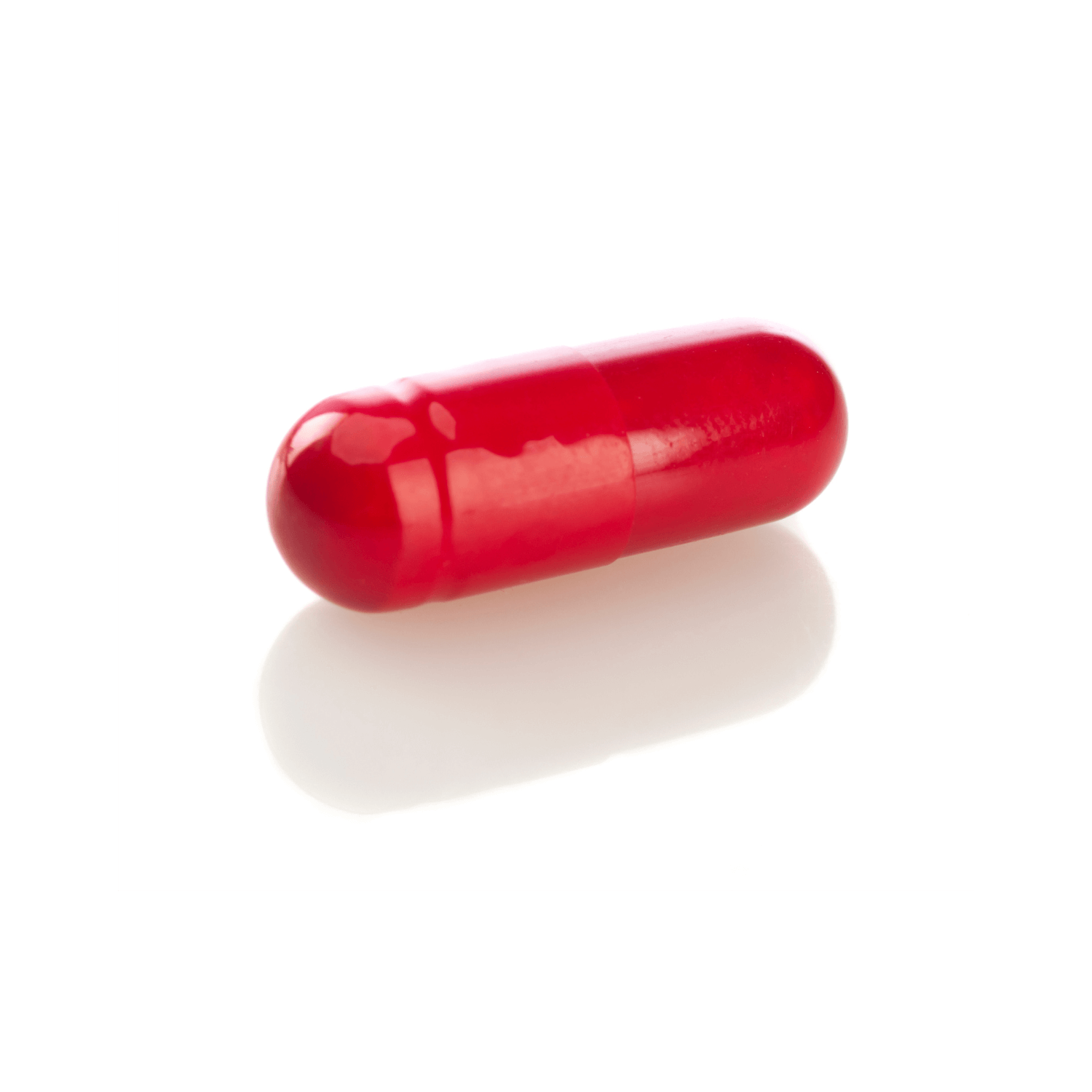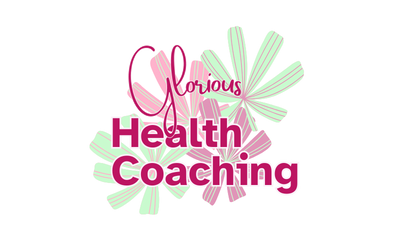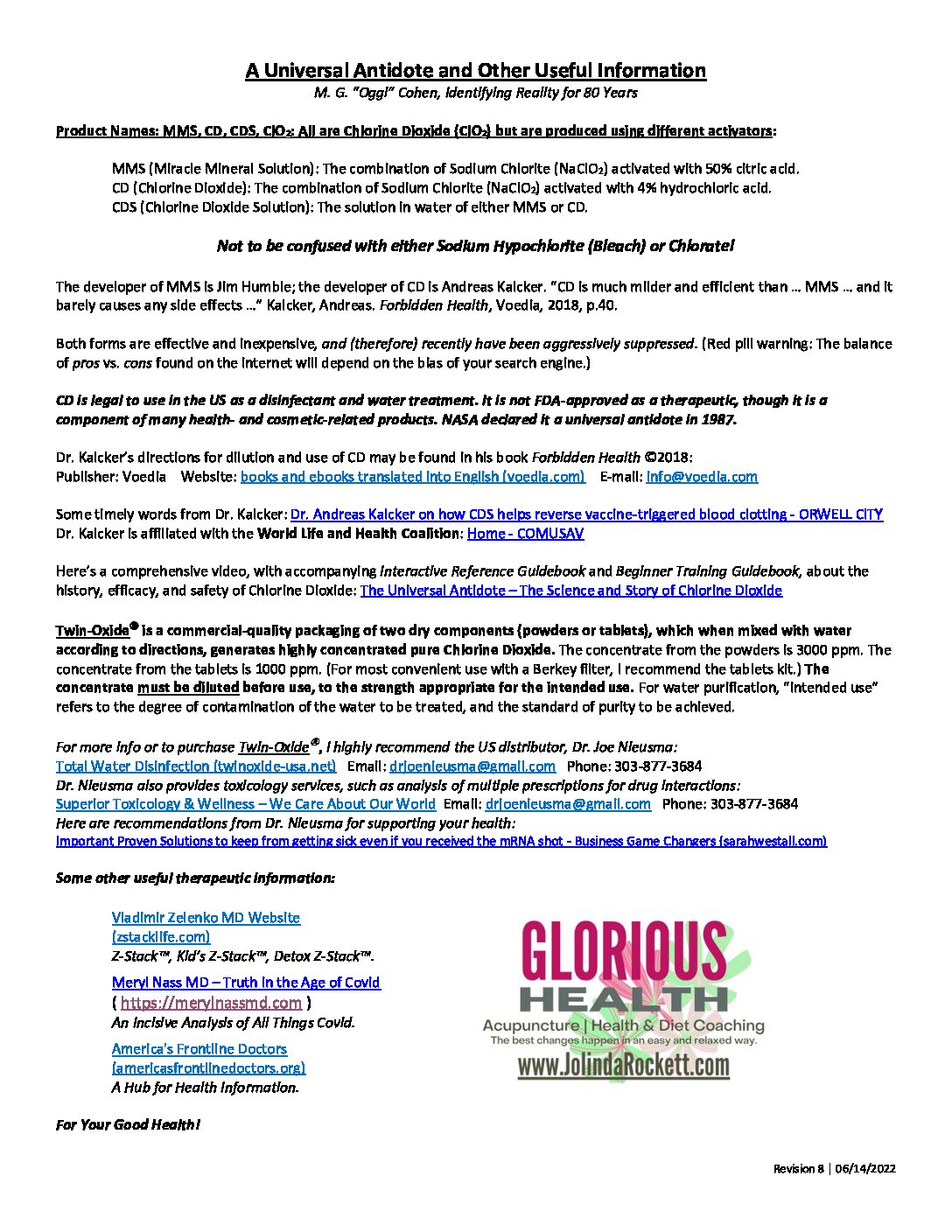One Basic Thing
With so many pollutants around us, it is important to cleanse and decontaminate wherever possible. A good place to start is with clean water for drinking and cooking. Here's how you can do that.
If your home’s water is “city water”, we assume it is free of bacterial contaminants. But we should remember there are probably many types of unwanted substances in there. Among these are chlorine residue and chlorine compounds from the treatment process and added flourides (perhaps good for children's teeth but questionable for adult bone density). Also, as we have learned, some municipal water supplies are contaminated by old and deteriorating pipes and equipment.
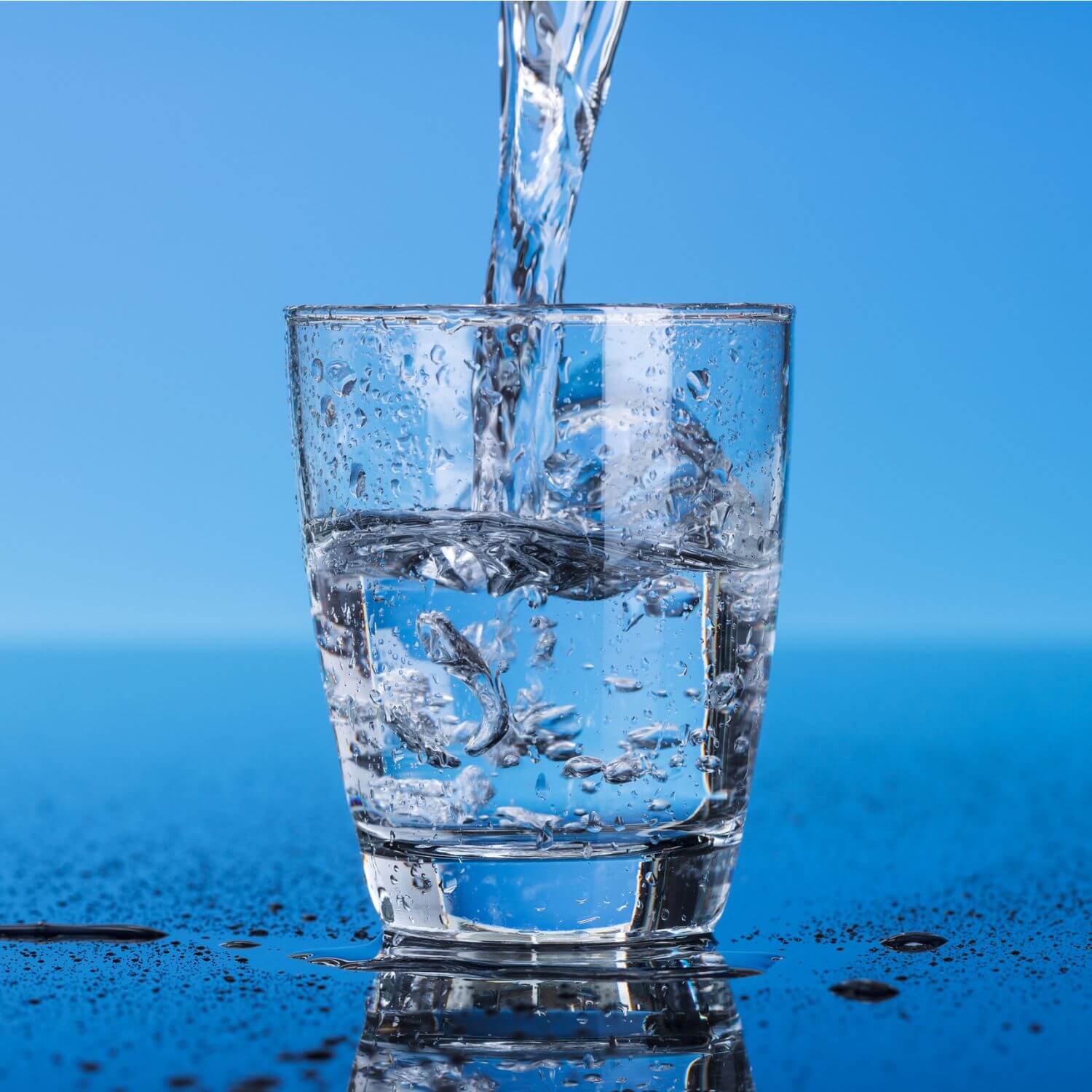
If your tap water is from a private well or spring, you may still need protection. It may contain organic or inorganic contaminants from natural and industrial sources, including pollutants from rain or some fool dumping an old car into a quarry a mile away.
Building on the early foundational work of Jim Humble, the study of chlorine dioxide (ClO2 ) has been further developed by Dr. Andreas Kalcker. It is now used as a water purifier and as a therapeutic in countries around the world. The success of ClO2 prompted NASA to declare it a universal antidote in 1987.
ClO2 is approved for use in the US as a disinfectant and water treatment. It has not been FDA-approved as a therapeutic, though it is a component of many health and cosmetic related products.
In my home, We treat our drinking and
cooking water in two ways.
We use a Berkey filter. It consists of two tanks, one above the other. The upper tank contains the filter elements and is filled with the untreated water.
Next, we add chlorine dioxide (ClO2) from Twin-Oxide to the water to be filtered. This yields two benefits. It purifies the water by oxidizing contaminants and keeps the filters clean.
The water drains through the fine filters which remove material contaminants.
Because the water is not pressurized, gaseous contaminants like chlorine and radon can come out of solution and dissipate.
The water for drinking or cooking is accessed through a tap in the lower tank. These filter systems come in various sizes and you choose according to your household need.
With the contaminants removed, we feel secure that we are drinking clean water.
For a complete report on chlorine dioxide, including sourcing, see A Universal Antidote and Other Useful Information.
Six Supplements

Many of us take vitamins every day, or at least we recognize it as a good idea. I’ve highlighted some supplements here that are particularly important for strengthening the body’s defenses. A few of these may be new to you and the familiar ones need to be taken in the proper amounts.
These recommendations are based on publications by Chris Masterjohn, PhD. https://chrismasterjohnphd.substack.com/ and Josh Axe, DC, DNM, CNS <links> https://draxe.com/
The supplements listed here are available at Wellevate in the dosages recommended. (See side bar)
Vitamin D3
Long before the signs of weakened bones, an obvious sign of severe malnutrition, a deficiency in this vitamin will silently alter many important bodily processes including autoimmunity and sleep. Almost anyone who is not residing in an equatorial region is at risk of vitamin D deficiency.
Adequate Vitamin D levels give us resistance to many problems including depression and chronic illnesses, and even improves heart function.
I have not included a dosage for this vitamin because your dosage depends on your own personal levels. How do you know if you are deficient? And when do you know you have reached sufficient levels? It is easy to test your vitamin D levels at home by placing a drop of blood on a card which is sent to a lab.
There are various companies which provide self-service lab tests and results are reported to you usually within 5 days. The kits will include lancets, collection cards with complete instructions, a mailer to the lab, and suggestions for supplementing with vitamin D3 based on your results. For a review of 4 top rated services, see https://www.healthline.com/nutrition/vitamin-d-test#how-we-chose .Typically, health savings programs cover the costs of this test.
Vitamin K2
The dosage recommendation is 200 mcg a day for maintenance. K2 is important for many purposes including bone health.
You may wonder why vitamin K2 and vitamin D are often found in the same supplement. K-2 opens up pathways into the bone’s cells for D-3 to easily enter. If the K-2 levels are not adequate, D-3 will not apportion calcium correctly, allowing it to build up where it is not wanted – like inside the joints causing painful bone spurs or in the linings of the vessels leading to increased blood pressure. In other words, the key to sturdy bones and not hardening of the arteries is taking vitamin K2 with vitamin D.
Vitamin E
As Tocotrienols
The commonly available form of Vitamin E is as tocopherols. However, studies have shown significant differences between tocopherols and tocotrienols. The NIH explains that tocotrienols "possess powerful neuro-protective, anti-cancer and cholesterol lowering properties that are often not exhibited by tocopherols."
Vitamin E is used to reduce the oxidative stress markers called "free radicals". It also reduces inflammation and improves immune function.
Rich food sources of vitamin E are nuts and seeds.
Glutathione
and
N-Acetyl-Cysteine (NAC)
Glutathione (200-500 mg a day) and its precursor NAC (1600 mg) are antioxidants that neutralize free radicals. It is recommended that we take these supplements at night for best results.
We hear about free radicals but what are they? These are molecules that result from the over-consumption of oxygen in the cells during stressful events (aka oxidative stress) such as physical over-training, injury, or illness. During the times when the body is experiencing oxidative stress, it is helpful to take NAC and glutathione.
NAC is also known to decrease the frequency and severity of asthma attacks by boosting glutathione and thinning the mucus in the airways.
When taken together, glutathione and NAC help many people to sleep better, especially when taken at night.
Glutathione is poorly absorbed and the preparation to make it more bioavailable is expensive. NAC in a powdered form, on the other hand, is an economical way to provide the body with the material to produce its own glutathione.
One idea is to take both glutathione and NAC initially to assist the body’s improvement of glutathione levels. Then, continue taking NAC to produce glutathione on a continuing basis.
Quercetin Phytosome
250 mg of quercetin offers an optimized immune response supporting allergy sufferers and promoting a healthy aging process. The phytosome form of quercetin is recommended because it is easily absorbable without the need for digestive supports like bromelain.
If you suffer from seasonal allergies, you should probably begin taking quercetin phytosome at least 6 weeks before your allergy window to allow time for your body to build its protection.
When there are new symptoms of viral infection, it is recommended to increase the dosage to 500 mg, three times a day, taken with meals. It is also important to take quercetin phytosome with zinc which allows the cells to uptake and use the quercetin.
Zinc
The suggested daily dosage of zinc is 25 to 45 mg a day. Zinc is an essential mineral that plays many roles in the body, including supporting the immune system and wound healing. It is also important in regulating hormones (including insulin).
“Zinc is the virus killer,” according to Dr. Vladimir Zelenko, but it can only enter our cells to combat viral infections with help from a “zinc ionophore” such as hydroxychloroquine (prescription required) or quercetin (over-the-counter).
Studies show zinc levels decline with aging and moderate supplementation improves immunity.
https://immunityageing.biomedcentral.com/articles/10.1186/1742-4933-6-9
Two Therapeutics

When delving into current and unauthorized medical buzz you may see the following treatments pop up. It has been nearly impossible to find objective information on any treatment strategies for COVID beyond the CDC’s recommendations for hospitalized patients. But many conscientious physicians have been successfully treating patients at home, preventing the severe symptoms that require hospitalization.
There are some changes noted in the public narrative, recently. For instance, several states have passed new directives to relax the restrictions and allow consideration of medications for patient care that were previously restricted.
I present two of the most outstanding options for general information only. This is not a recommendation. It is up to you to discuss these with your trusted medical advisor.
Hydroxychloroquine (HCQ)
According to Dr. “Zev” Zelenko, Dr. Peter McCullough, and others, early “at home” treatment of COVID should be instituted with a combination protocol that includes hydroxychloroquine as soon as symptoms arise.
This drug has been used in the treatment of malaria and arthritis and has been called the safest medication in the history of medicine. Unfortunately, it currently has political side effects.
Ivermectin
Another medication that has a long history of efficacy. To date, Tennessee, Missouri, Kansas, and New Hampshire have passed laws preventing the suppression of the use of ivermectin and hydroxychloroquine and the Oklahoma Atty. Gen. found no reason to prevent off-label prescriptions of these medications.
In addition to their successful use in early treatment, hydroxychloroquine and ivermectin are being used proactively by many to prevent infections.
Five Ways to Good Health

These "six ways" are big topics and each one merits a longer discussion. But I am mentioning them here briefly as a reminder of various ways we can improve our ability to fight infection, stay strong, and age beautifully.
As you will see, there is a lot of overlap and incorporating all of them helps you.
Feed Your Body Efficiently
is satisfying. Cravings for foods junk foods begin to fall away once the body is receiving the food it really needs. Less money spent on the food budget will also be a surprising benefit.
- Eat adequate protein: We need about 1 gram of protein for each pound of lean body weight.
- Consume safe oils (olive, avocado, coconut, for example) and incorporate animal fats like tallow, butter, and ghee.
- Strive for vegetables rich in natural vitamins.
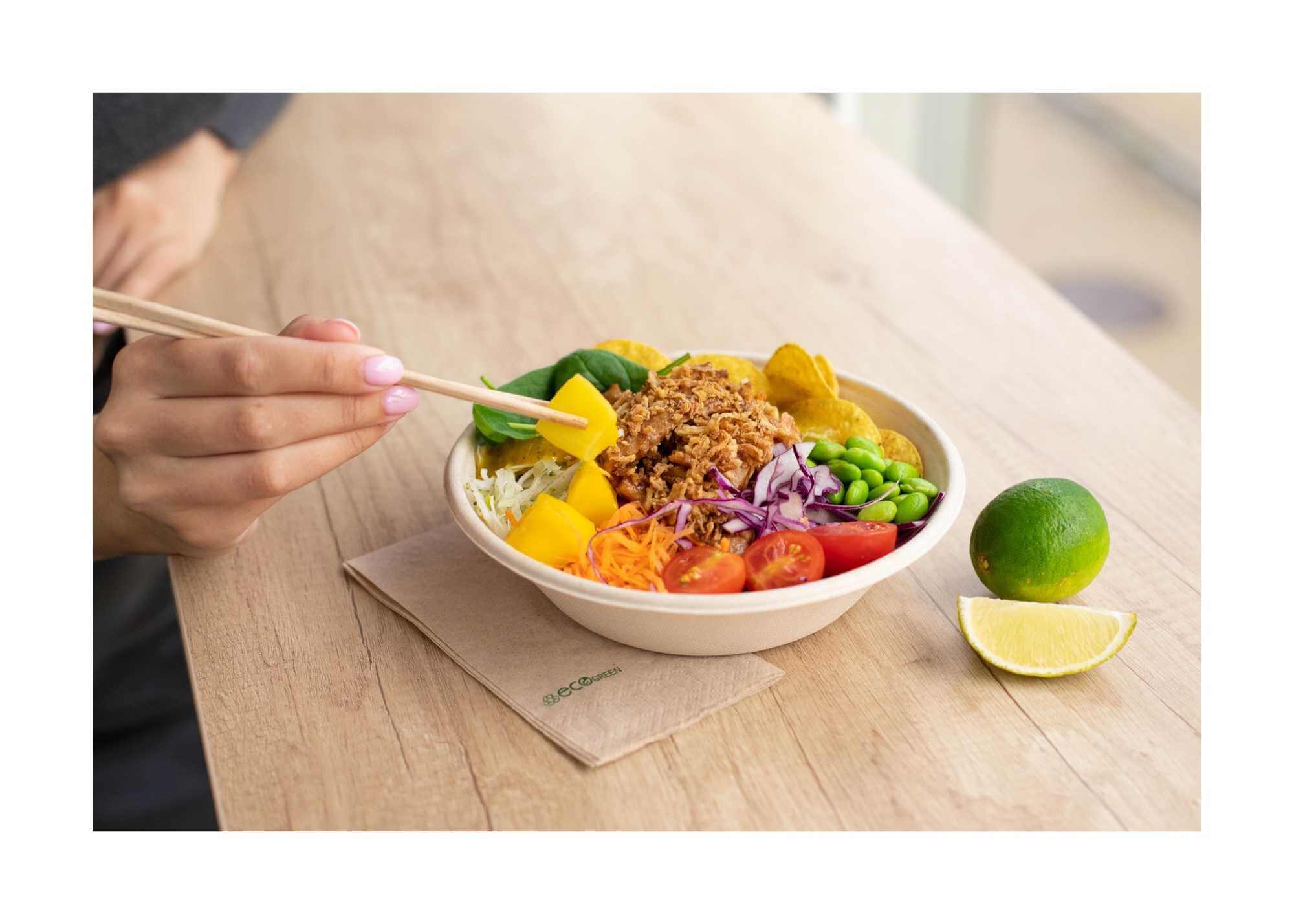
Eat Modestly
Eating in excess is a bad idea. When there is a lot of food ingested, the liver becomes overwhelmed. In fact, the most common cause of fatty liver syndrome is not alcohol, but excess food intake and the resultant insulin spikes. In addition to the metabolic upheaval, excess weight creates pressure around the organs, including the heart. A good strategy for reducing the tendency to excess food is to reduce the time during the day when you eat. Although this can be a challenge at first, the results are worth it. You will probably begin to feel more energetic.

Love Your Sleep
Sleep time is the time of regeneration. If you have trouble getting restful sleep, vitamin D or other essential nutrients may be missing. Do not eat within 4 hours of your bedtime. Digestion disturbs deep sleep. So will sleeping with a TV on in the bedroom. Sometimes it is hard to see where the problems lie. For people who have chronic sleep deprivation, I recommend Dr. Stashia Gominak, a neurologist who specializes in sleep. She offers guidelines to help and also provides phone consultations. https://drgominak.com/

Remove Seed Oils From Your Diet
What are the seed oils? These are the oils like canola, soy, safflower, corn, and peanut. They are all highly processed (it is hard to get oil out of a seed) and they are high in Omega 6 which, in excess, creates inflammatory conditions that churn up your body defenses.
As mentioned above, you need nourishing fats and oils. These are animal fats like tallow, butter, ghee and oils from olives, avocados, and tree nuts.
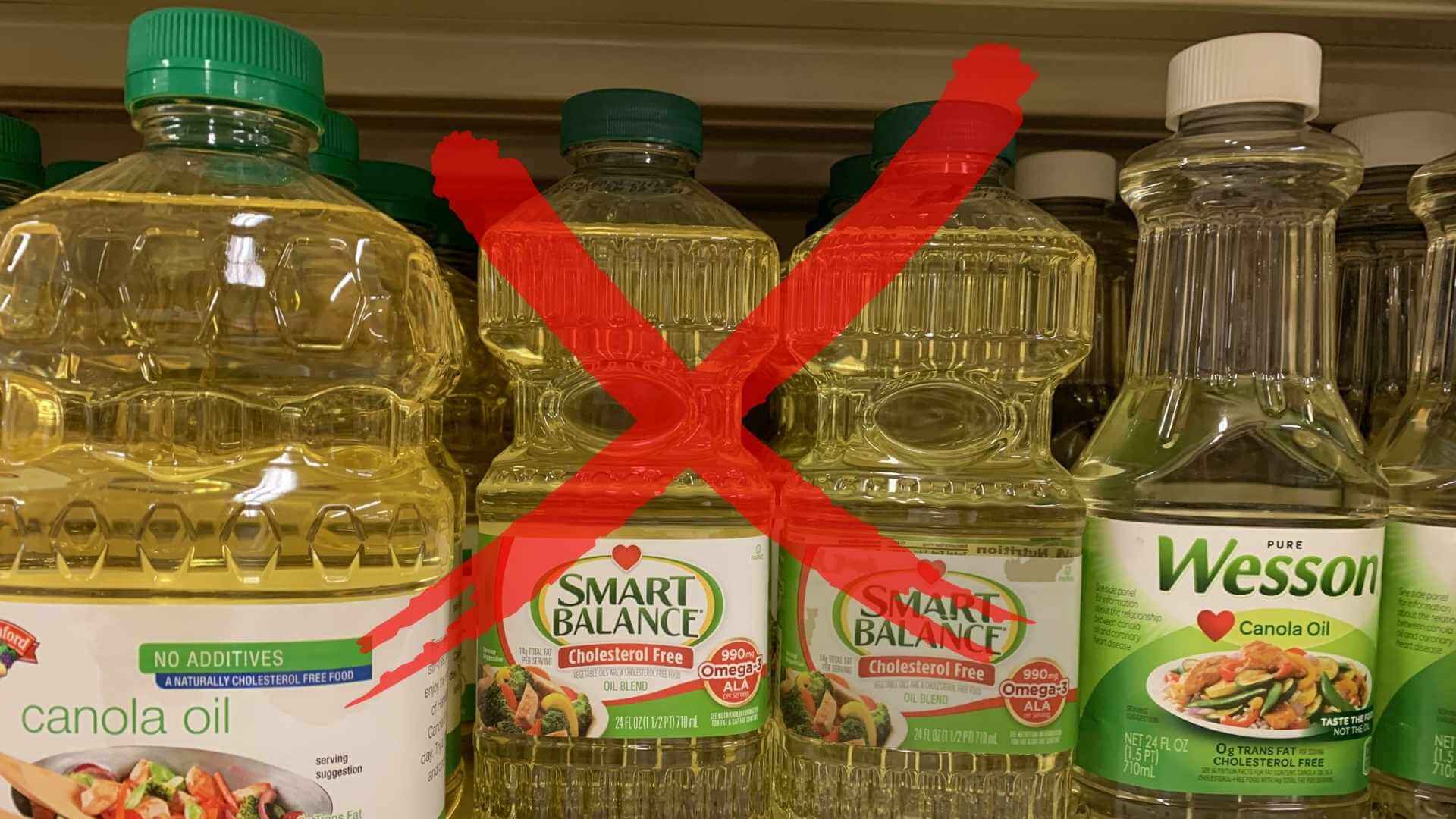
Move More
Activity and movement improve your immunity by circulating your lymph and increasing the amount of blood in circulation (blood vessels increase with muscle growth). It will also reduce stiffness, feed the mitochondria, improve thought and creativity, and reduce depression. If you have a gym membership, go there and work out. If you don’t, I recommend jumping on a rebounder, walking up and down hills and off-pavement, stand up and try to touch the ceiling when you’ve been sitting for a while, walk around the house on tiptoes or walk backward, swing a small kettle bell…

Seven Doctors Supporting Your Natural Immunity
